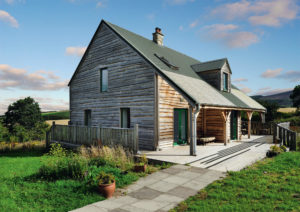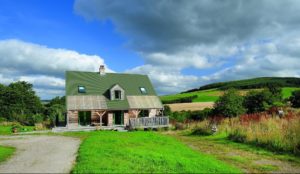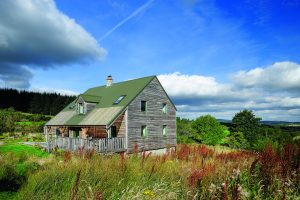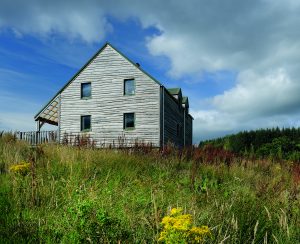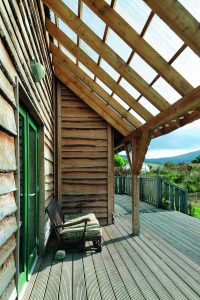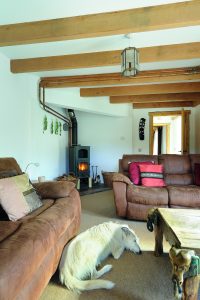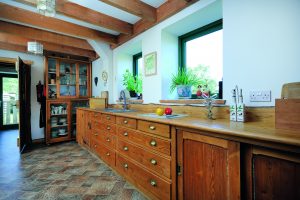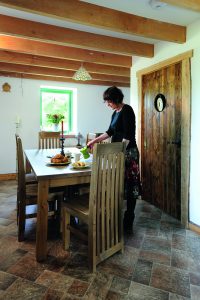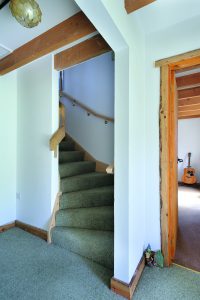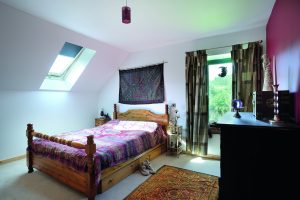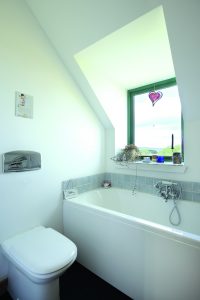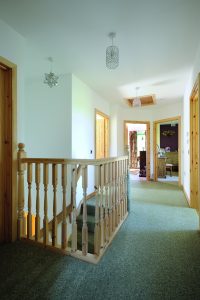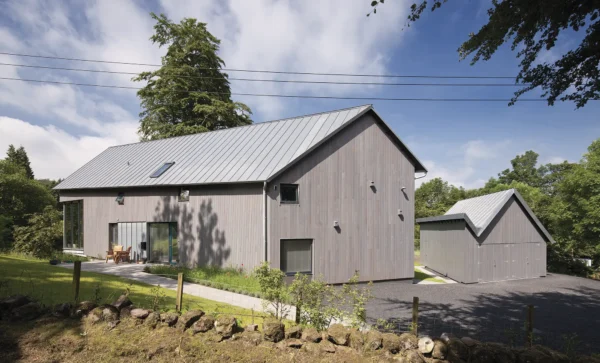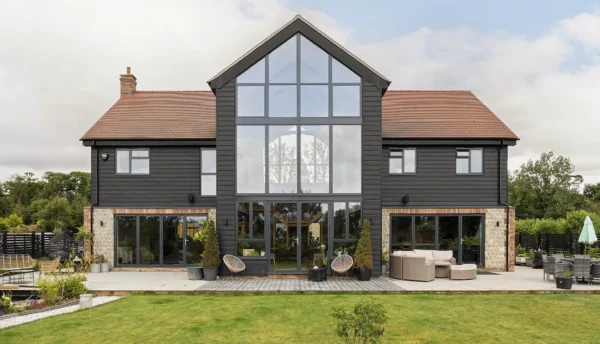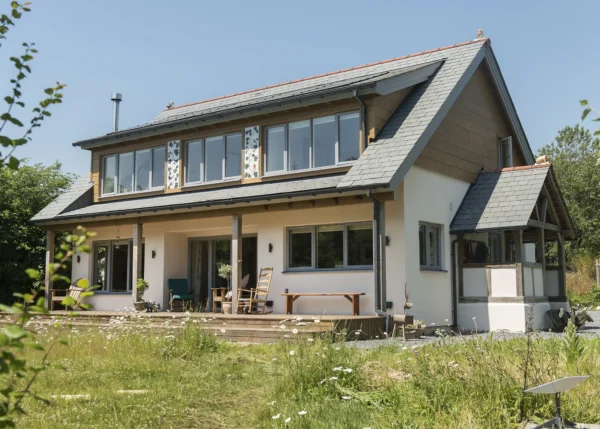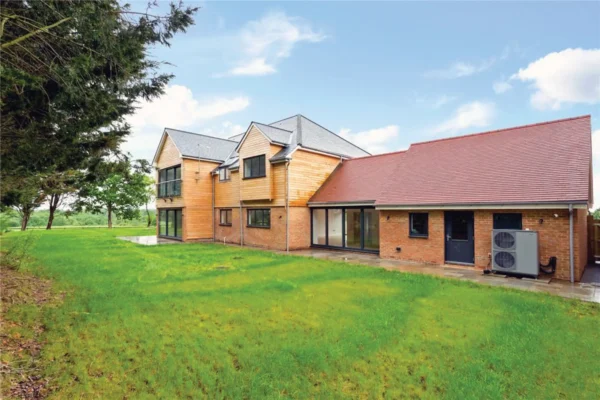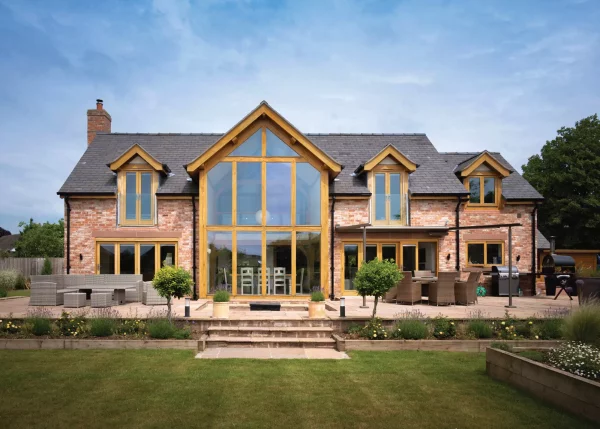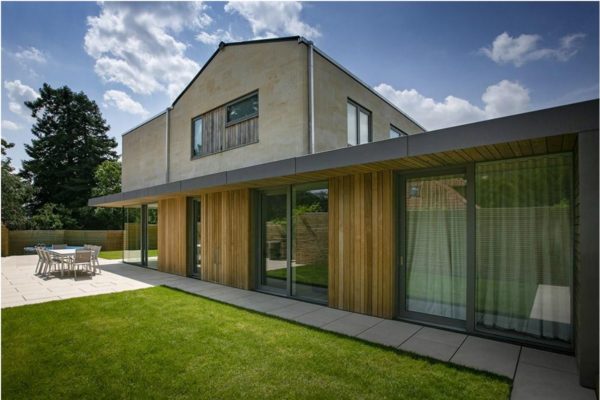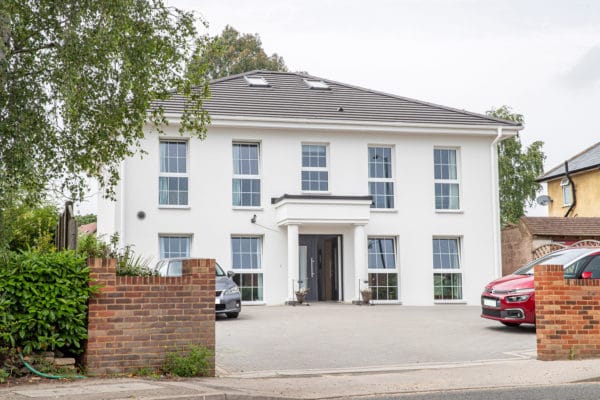Affordable Straw Bale Eco Home
For most self-builders, it’s pretty natural – if not inevitable – to become absorbed in the process. After all, you’ll be investing money, time and emotion into creating your dream home. Yet few people find their lives so profoundly changed as Kim Siu.
Her project, a modestly-proportioned straw bale house completed on a shoestring budget, motivated her to set up a charity that encourages others to embark on the adventure of creating a new bespoke dwelling without breaking the bank.
“I wanted to live lightly with respect for the environment,” says Kim. “I believe people just need to get out there and build their own homes – and that’s why I set up Get Rugged; in order to show that eco projects can be affordable and achievable. You’re rewarded with the house of your dreams and you get to live by your principles.”
A chance meeting
Kim and her husband Mark had always been interested in the idea of self-building – but assumed they’d never be able to do it, with the cost of land being the main factor that prevented them getting off the starting blocks. Instead, for many years the couple rented a series of existing properties in north Scotland.
- NamesKim Siu & Mark Thomson
- Location Moray
- ProjectSelf-build
- Style Contemporary
- Construction methodTimber panels & straw bale
- Plot cost£30,000
- House size140m²
- Build cost£169,000
- Total cost£199,000
- Build cost per m²£1,207
- Construction time 19 months
- Current value£240,000
Kim was working as a rural housing enabler when a series of chance encounters led to a change in the family’s fortunes. “One day, I was talking with a local farmer on behalf of a client who was negotiating to buy a plot of land,” she says. “Just as I was leaving, I mentioned that this area would be my ideal place to build a home. He just happened to have a three-acre site that wasn’t being used and offered it to me. It turned out to be everything I was looking for. It even had a river running through it! We agreed on the price of £30,000, subject to planning permission being granted.”
As it turned out, obtaining consent in principle proved quite straightforward – and Ecology Building Society offered a mortgage for the project, opening the door to Kim’s dream of creating her own home.
A natural approach
Kim wanted her new house to be sympathetic to its surroundings, plus she was determined to ensure the scheme would have a very low environmental impact. So when she set out on her journey, one of the fundamental questions she asked herself was what locally available materials could be used in the structure that were plentiful, affordable and – crucially – renewable.
“When it comes to sustainable building somewhere like Scotland, you just have to look around you and see what’s in front of you,” says Kim. “Straw is a great material. It’s an agricultural by-product with insulating properties that are second to none.”
As their plans developed, a number of other factors began to influence the style of construction. “Originally we wanted a traditional load-bearing straw bale structure finished with lime render,” says Kim. “Unfortunately the nearby builders didn’t have the skill to realise that sort of design – and we wanted to keep things local, so we compromised.” Ultimately, that meant switching to a timber frame system, with straw bale as the insulation.
The second key materials choice was to use locally-grown larch in the build – an easy decision to make, given that it grows within sight of the house. “It also meant we wouldn’t have to constantly repaint the house, unlike with lime render,” says Kim.
Modern methods
When finding the right local builders proved challenging, the project benefitted from another stroke of good fortune. “I was in London on business and was told about a Scottish firm called Carbon Dynamic Homes,” says Kim. “When I met founder Matt Stevenson, I quickly decided that I wanted his team to produce the main structural shell in their factory – and that proved to be a really good approach.”
Matt’s background is in sculpture. His innovative use of materials and architectural shapes led him into the housing industry. The company offers a prefabricating service for eco-friendly projects, along with a wealth of practical knowledge.
The project went on site in February 2012 and progressed quickly. It is said that a straw bale home needs a good hat and a good set of boots to protect it from the elements – because if the straw gets wet then you’re basically left with compost.
A local groundworks firm dug the foundations, which took about five labour days in total – but was spread over a longer period to allow the concrete to set. Once the raised footings were in place, the house had its boots.
The prefabricated panels arrived on site pre-insulated and completely sealed, ready to be craned into place. “It was absolutely chucking it down – the rain was torrential but the straw inside was completely dry,” says Kim. “The builders, on the other hand, were soaked through.”
The shell took around eight weeks to get to wind and watertight stage. Carbon Dynamic remained on site thereafter, installing the doors and windows, partition walls, first floor structure, stairs and external cladding – with a team of local workers assisting Mark with the internal work. The house’s hat came in the form of an overhanging roof, which provided the opportunity to include a veranda as part of the design.
Whilst Kim continued to work as a business advisor for social enterprises, she was also able to project manage most of the scheme – as well as look after her two teenage daughters and prepare evening meals for them and the workers, many of whom lived on site for the duration of the build. Keeping the team close at hand was a conscious decision in order to help ensure carbon emissions (generated from transport) would be at a minimum.
Living inspiration
Kim plans to stay here for the long term. In fact, she is going to make use of the sizeable garden by building a series of straw bale structures that will be rented out to holidaymakers as an extra source of income.
Spreading the word about low cost eco-homes is all part of the plan. “We’re going to invite people to come for practical training in building with straw,” says Kim. “We’re aiming to complete a one-bedroom circular structure on a £10,000 budget in order to show visitors just how affordable it can be.”
Life in Dunbalen is clearly enjoyable and comfortable. “This property feels so snug. When I go out to work each day, I always look back and reflect on what a lovely house we have,” she continues. “I’ve also got into the habit of taking spring water from our land with me wherever I go, because it tastes much better than the stuff that comes out of the tap. It’s like taking a bit of home with me.”
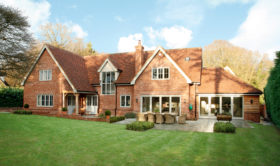
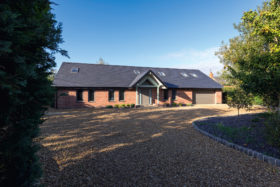


















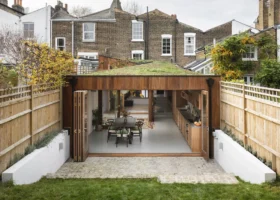

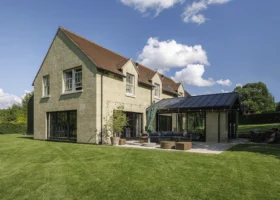
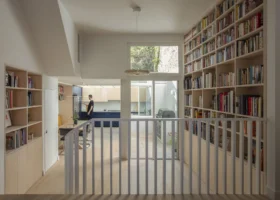
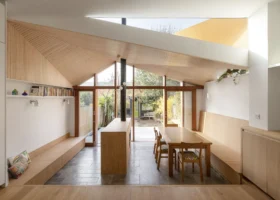












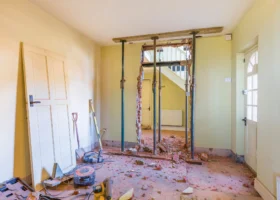












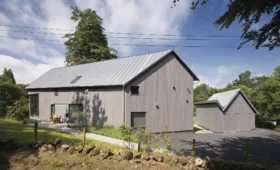









































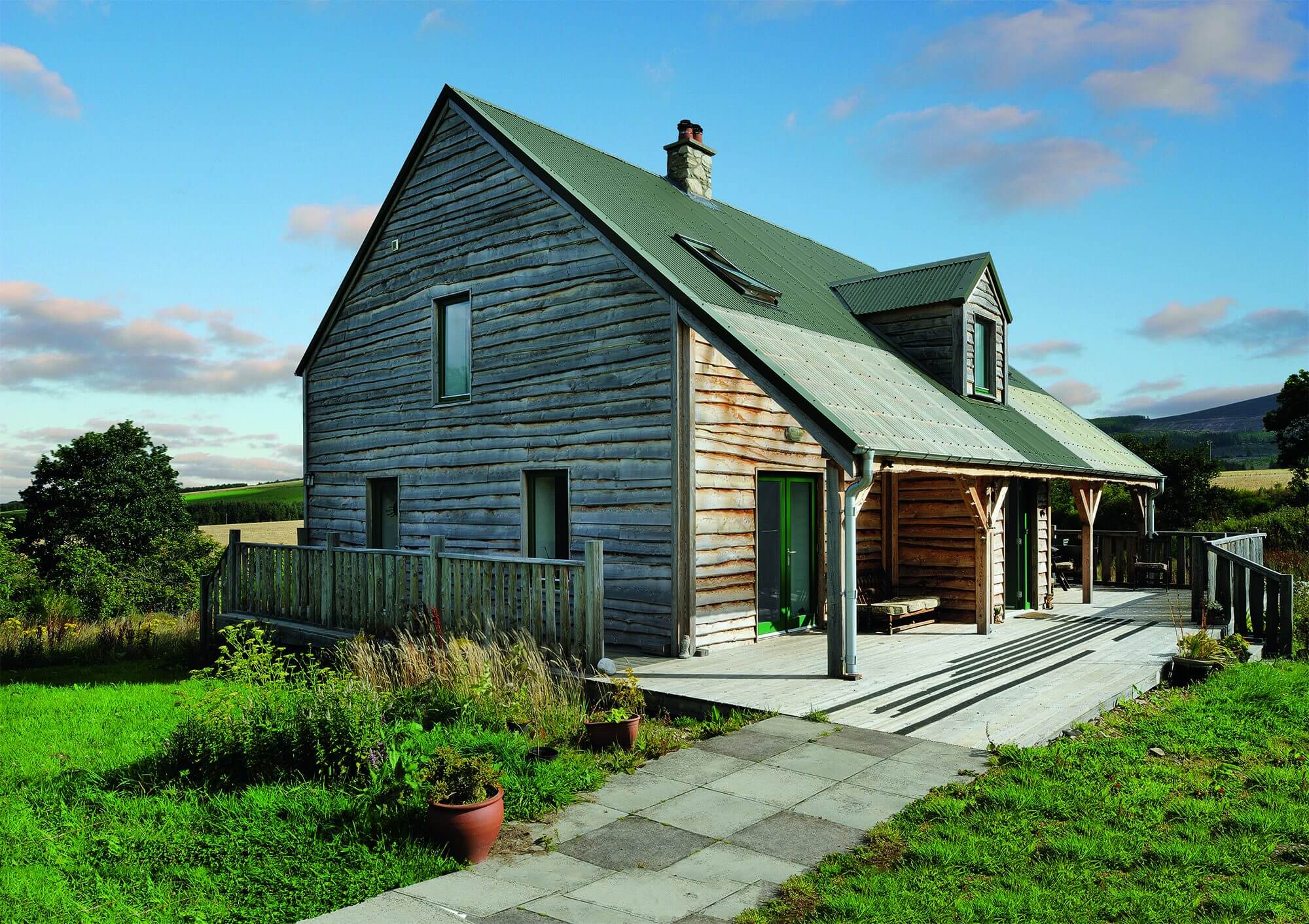
 Login/register to save Article for later
Login/register to save Article for later
